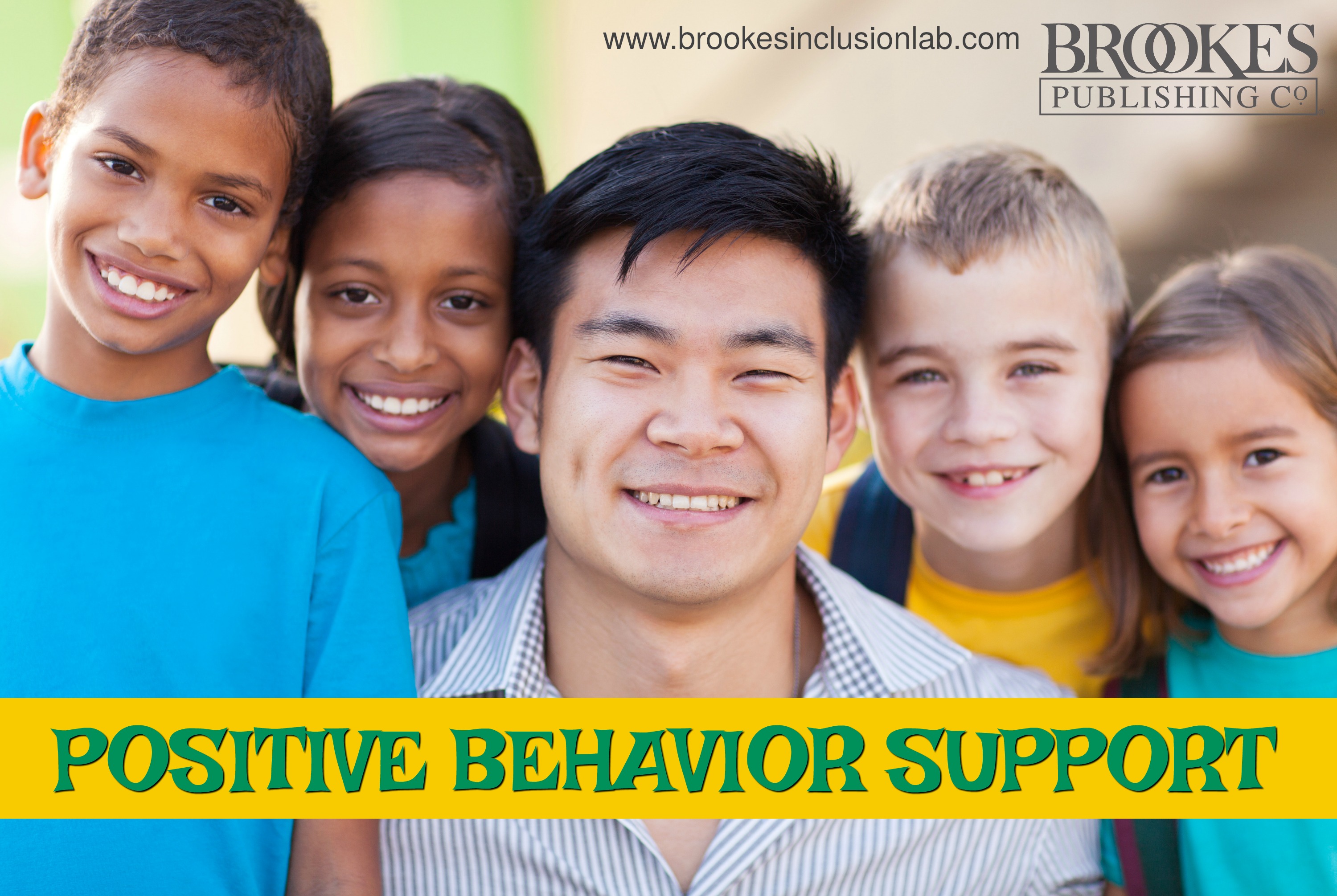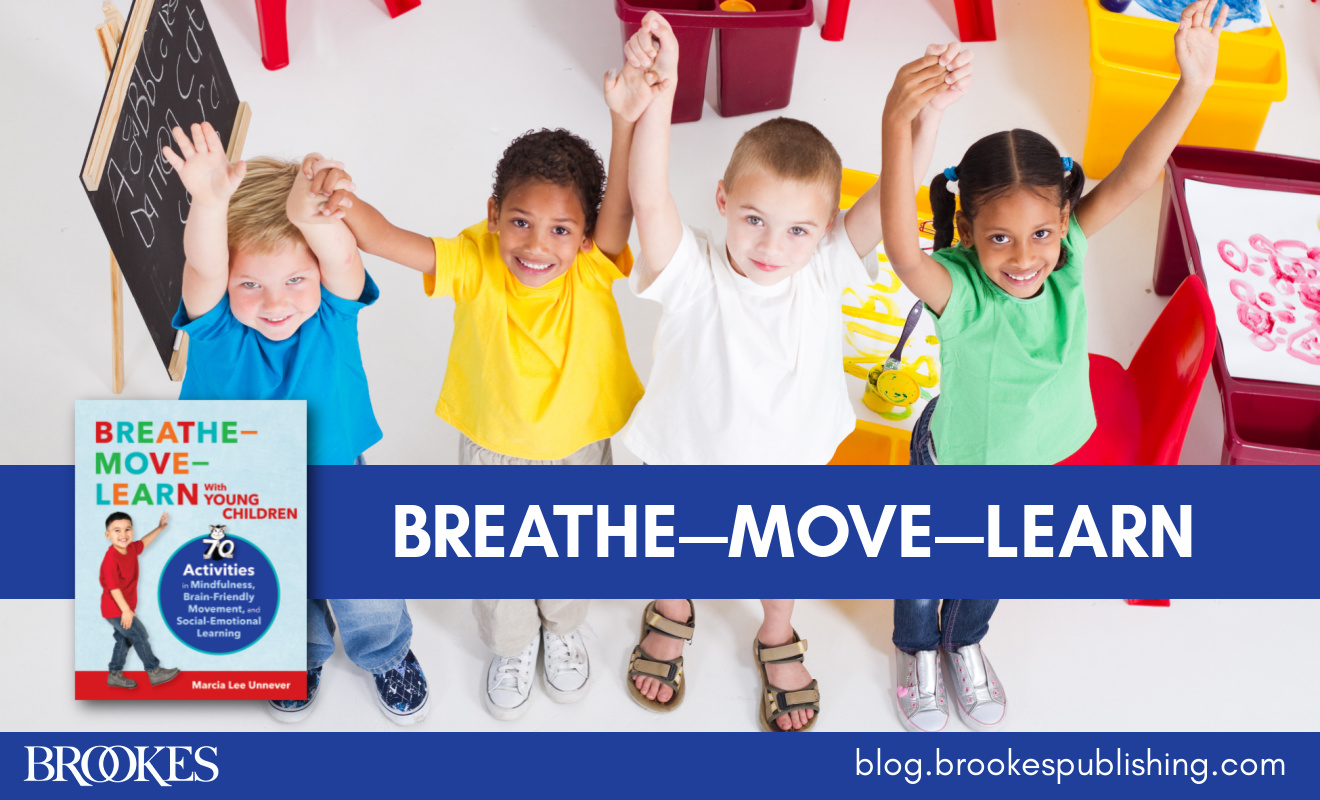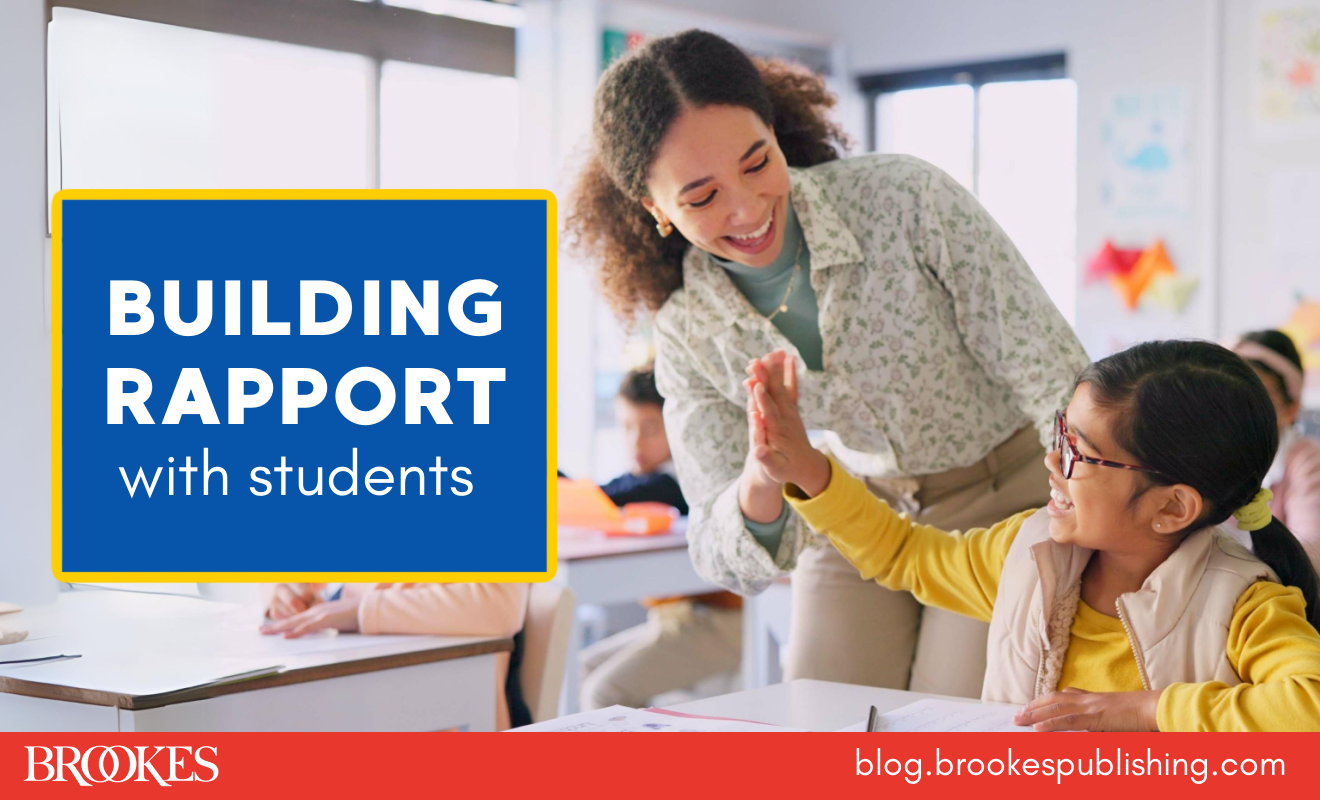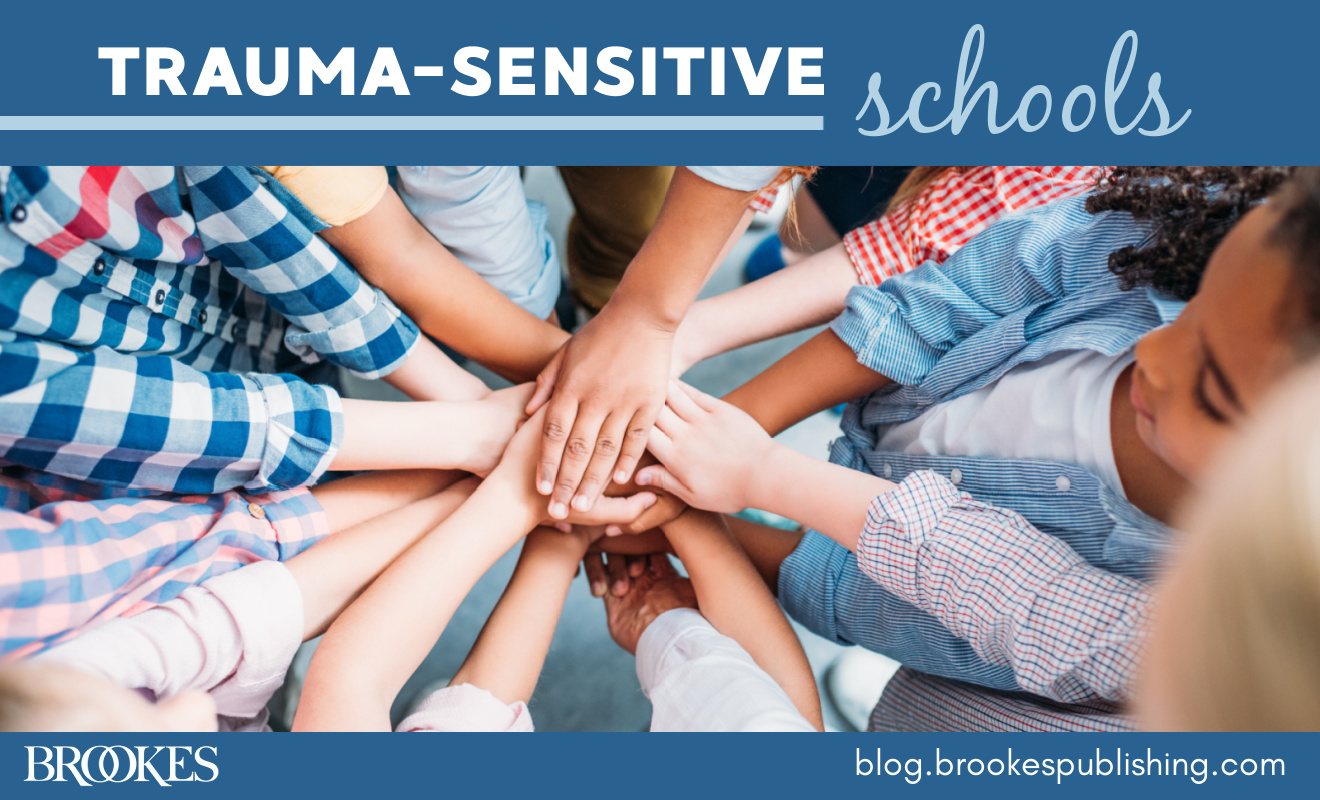Positive Behavior Support: What It Looks Like, What to Watch Out For
September 12, 2017
When students with and without disabilities struggle with social, emotional, and behavioral challenges, it can be tougher for them to make friends and succeed in school. Today’s post is filled with practical tips on positive behavior support–what principles to follow, what specific things to do, and what pitfalls to watch out for along the way. (These tips are excerpted and adapted from Supporting Students with Emotional and Behavioral Problems by Lee Kern, Michael P. George, & Mark D. Weist. See the end of the post for more information about the book.)
Establish expectations clearly
What it looks like:
- There are three to five clear and positively stated expectations on prominent display in your classroom.
- Expectations are briefly and broadly stated in fewer than five words and describe behaviors students should perform: for example, “be respectful.”
- Classroom expectations are communicated to students using both examples and nonexamples and reviewed daily, so students know how to comply.
Watch out for:
- Too many expectations (more than five is probably too many)
- Expectations with lengthy descriptions
- Expectations that are worded negatively and describe behaviors teachers wish to eliminate (e.g., “There shall be no cursing in this room.”)
- Expectations that aren’t visible anywhere within the classroom or instructional areas
- Student compliance expected without any direction on how to meet those expectations
Explicitly teach appropriate social behavior
What it looks like:
- Throughout the day, you provide and reinforce ample opportunities for students to practice important prosocial behaviors, including self-management and self-control skills.
- Operating under the assumption that students have not mastered social skills, you use naturally occurring contexts as opportunities for social skills instruction.
- You problem-solve ways to help students gain self-control in difficult situations.
- You provide specific strategies for helping students recognize and handle frustration.
- When students make a “social error,” you teach them more socially appropriate responses.
- You set time aside for formal, individualized instruction in social skills, such as anger management skills, when students need more support.
- You use strategies like goal setting, behavioral contracts, data graphs, point cards, and self-monitoring to encourage students to use new skills across settings.
Watch out for:
- Failing to recognize potential teaching moments in naturally occurring contexts
- Expecting students to “behave” and giving them feedback only in the form of corrections, warnings, and mild threats to remove privileges
- Assuming misbehavior is calculated to disrupt rather than communicate
- Providing lessons only from a packaged curriculum, and not following up with individualized strategies that meet the unique needs of your students
Reinforce with specific praise and other motivators
What it looks like:
- Every day, you actively look for and focus on positive events and interactions that occur in your classroom.
- You recognize prosocial behavior throughout the day by using statements that link verbal praise with the behavior: “I like how you quietly raised your hand to get my attention.”
- You use both verbal comments and gestures (e.g., thumbs up, winks, head nods) to communicate when students are meeting classroom expectations.
- The overall ratio of positive to negative teacher statements is 4-to-1.
- Low-level misbehavior is either ignored (if it is minor and not harmful to others) or gently corrected by telling or showing students a preferred replacement behavior: “A better way to get my attention is to quietly raise your hand.”
- In addition to praise, you use a variety of creative methods to recognize and reinforce positive behavior: social reinforcement, tangible reinforcement, access to preferred activities, token economies, etc.
Watch out for:
- Letting desired behaviors go unnoticed and ignored by not recognizing them out loud
- Giving praise that’s too general and nondescript; for example, “good job”
- Focusing mostly on negative behaviors (even low-level ones) with prohibitions, reprimands, and warnings
- Not using reinforcements consistently
Handle corrective feedback sensitively
What it looks like:
- When expectations are not followed, you try to provide private corrective feedback to students.
- You walk to the student’s desk or area and deliver feedback quietly, using a calm but firm voice: “Being respectful means listening and remaining quiet when the teacher is speaking.”
- You focus on telling students what they should be doing, not what they should stop doing.
- Your corrective feedback procedures are predictable, fair, and instructive, and they give students ample opportunity to correct their behavior and rejoin the lesson.
Watch out for:
- Public “calling out” of misbehavior; for example, by stopping the lesson and shouting across the room to the student who is misbehaving
- Unpredictable, inconsistent handling of corrective feedback, which may escalate behavior problems if students feel they’re being treated unfairly
Skillfully supervise and monitor student behavior
What it looks like:
- Students are under adult supervision at all times.
- When working with small groups, you have visual contact with students who are working independently.
- If you can’t have visual contact with all students, you’ve delegated supervision to another adult in the room.
- Clear procedures are in place for ensuring supervision of students during recess, breaks, lunch, assemblies, bus drop-off and pickup, and field trips. Everyone responsible for students knows their relevant medical and behavioral information.
Watch out for:
- Students who are unsupervised or easily escape adult supervision
- Poor communication of critical medical and behavioral information to other adults who will be responsible for students
Address serious problems with effective plans
What it looks like:
- You and the other members of the child’s education team design and implement customized strategies for severe behavior challenges.
- Individualized positive behavior support plans, based on functional behavioral assessment (FBA), are designed for students who are not responsive to school and classroom supports.
- Written procedures are in place for preventing serious problem behavior (e.g., physical aggression, behavior that causes safety concerns) and describe how teachers and staff can respond with de-escalation and crisis management procedures.
- Plans are clearly communicated to all members of the team who will play a role in supporting the student, including counselors, social workers, school administrators, and parents
- School personnel implementing the plan have received training in safety procedures and have rehearsed the plan.
Watch out for:
- Poor communication of positive behavior support plans to members of the school team
- Support plans that are missing necessary modifications and adaptations
- Absence of prevention and de-escalation strategies; lack of coordinated response by school officials
Hope this post gave you some useful tips on preventing and/or reducing behavior challenges. What are your own favorite strategies for setting expectations, teaching and reinforcing positive behavior, and monitoring and responding to challenging behavior? Let us know in the comments below.
GET THE BOOK
Want more strategies for positive behavior support? Pick up Supporting Students with Emotional and Behavioral Problems. You’ll get a highly effective tiered approach that helps you develop school- and class-wide interventions and match behavior interventions to each student’s needs.




Write a Comment
Your email address will not be published. Required fields are marked *
comments
karanvir Sharma says
Behaviour support is play important role in Disability support Conditions, Behaviour support works effective role to improve a patient health. Keep posting like this one, i will highly recommended to read everyone those who make career in Behaviour support.
Post a Comment